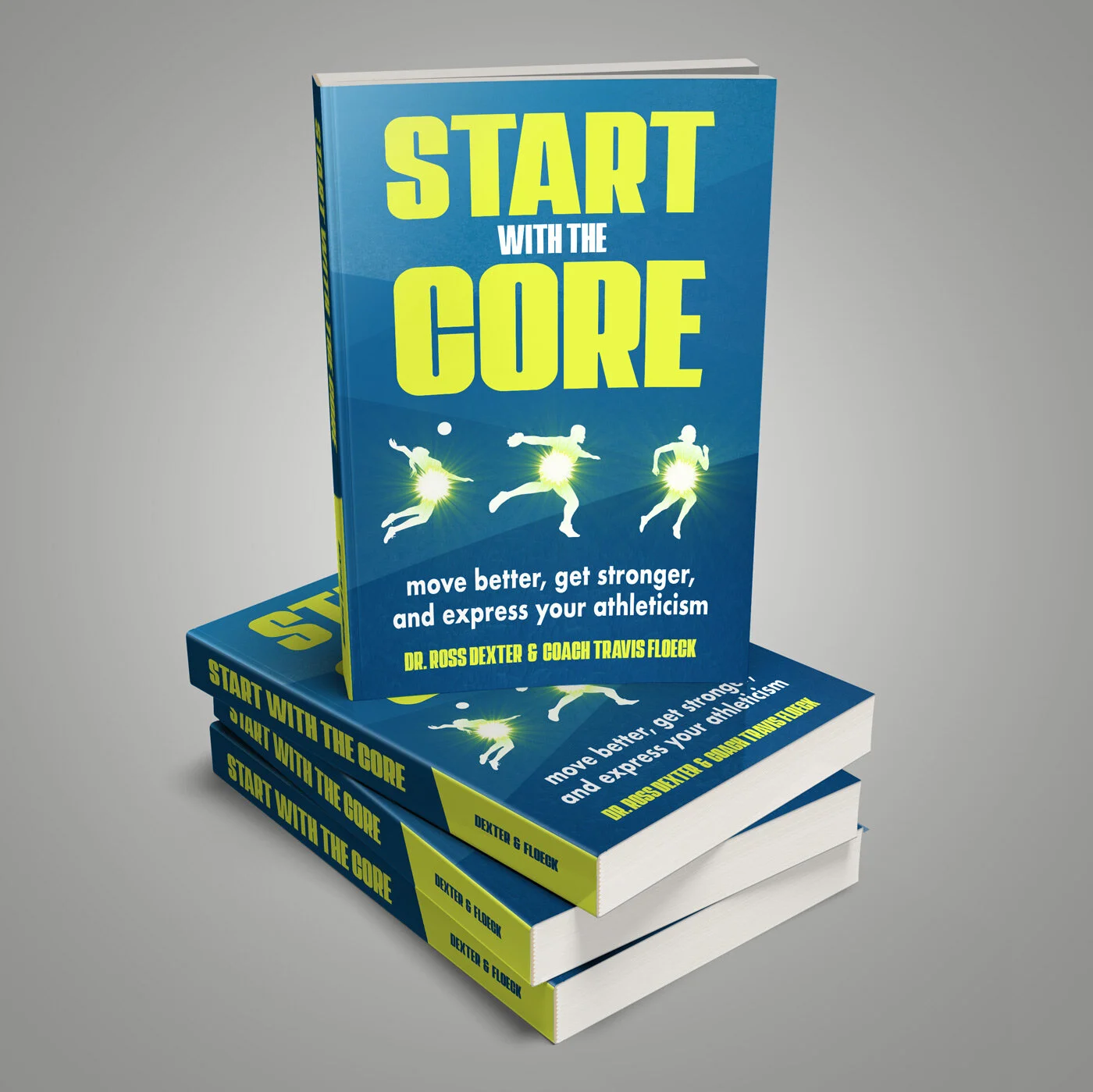I sat down with coach Mike Hickey for an episode of his www.runnerspace.com segment Coach to Coach. We spoke about how to expand your lens as a professional and professional development, strength and conditioning principles, lowering injury risk, research, and how to and why we Start with the Core.
Read MoreMy friends Chris Johnson of Siuslaw High School in Florence Oregon and Dave Frank of Central Catholic in Portland Oregon recently asked me to join them on The Just Athletics Podcast.
After some small audio hiccups, we talk using regional interdependence as a coach, eliminating frivolous aspects of training, letting the goal be the goal, learning from those who aren’t in your specific sporting area and developing a trusted referral network. We also explore the topics of why questions and expanding the coach’s pattern recognition system while of course talking strength and conditioning.
They may have also gotten the first announcement of Start with the Core!
Read MoreI might have been gone for a minute, or two months, but that doesn’t mean I haven’t been busy.
Coach Travis Floeck and I are teaming up, this time to write a book. ‘Start with the Core’ will be a major expansion on why we train athletes the way we do, by starting with the core. This book is an anecdotal and evidence-based deep dive into what the ‘core’ is, why we begin training with the core, specifics regarding our order of operations, progressions, and the pattern hierarchies that govern our approach, and how we have implemented these principles while training athletes across ages and populations to reduce injury risk and improve performance.
Recently I was asked to do an interview with High School Harrier. Thoughtful and thought-provoking questions were asked surrounding sports science and application in secondary school athletics, minimalist training, misconceptions about training, and my sometimes controversial positions regarding sports performance.
Read MoreThis blog is not meant to disparage another profession, belittle the knowledge and experience of my colleagues, or look down on weekend warriors. I am a proud member of the National Strength and Conditioning Association (NSCA) and holder of the title of Certified Strength and Conditioning Specialist (CSCS). I have been a personal trainer and group exercise instructor, worked in physical therapy and chiropractic offices as well as athletic training facilities, coached at every level, and been a strength and conditioning coach. I have a great deal of respect for each of these professions, but there are distinctions, and they should be respected.
Read MoreMoving to British Columbia to study at UBC in 2009 allowed me to take a deep dive into my technical and practical understanding of the sports of track and field and cross country. I was studying with and being mentored by some of the brightest minds in the world while working as an assistant coach with the Thunderbird track and field and cross country teams. I had also begun training and racing again myself. Luckily, I found two brilliant training partners with Canadian national team pedigrees, one in cross country, and one in the 400-meter, who inspired further intellectual curiosity and inquiry. During my graduate research into the training methodology and the bio-energetic physiological demands of the 800-meter run, I found the 400-meter run to be nearly as interesting and contentious.
Read MoreIt is a near constant to see exercise participants of all ages engaging in the prolonged static stretching of a given muscle or muscle group. From competitive sport to physical education classes to yoga, passive static stretching has been a mainstay. It is particularly common to see a variety of stretches for the hamstrings being utilized, however, this may not be the path to performance and injury resilience that many believe it to be. Increased mobility, pain-free function, and injury risk reduction may be contingent upon flipping the relationship between strength and flexibility in the lower extremity as we stretch our quadriceps, instead of strengthening them, and strengthen our hamstrings, instead of stretching them.
Read MoreIn 2010 I graduated from the University of British Columbia School of Human Kinetics. At the time I was a track and field and cross country coach and had moved to Canada to expand both my technical and practical knowledge of the sport. At UBC I was provided with the opportunity to study, rather specifically, areas of the sport that had produced debate with other coaches while also working as an assistant coach with the Thunderbird cross country and track and field teams. One of the areas I found most contentious was the training of 800-meter runners.
Read MoreRemarkably, while almost everyone agrees that the core is vital to injury prevention and sports performance, this is a topic that still needs to be discussed and written about, largely because there seem to be some fundamental and persistent misunderstandings regarding the why, what, how, and perhaps most importantly, when regarding the training of the core. The short answers to these questions are as follows:
Read MoreWith the outbreak of COVID-19, subsequent pandemic, and resulting worldwide shut down of athletics, things are a bit uncertain for many athletes, coaches, strength and conditioning professionals, athletic trainers, and a host of others who work in the industries that make sports possible. Thanks to some forward-thinking track and field and cross country coaches, a group of professionals has come together on social media to provide one another with collaborative opportunities to learn from and support one another over the last two months.
Read More









